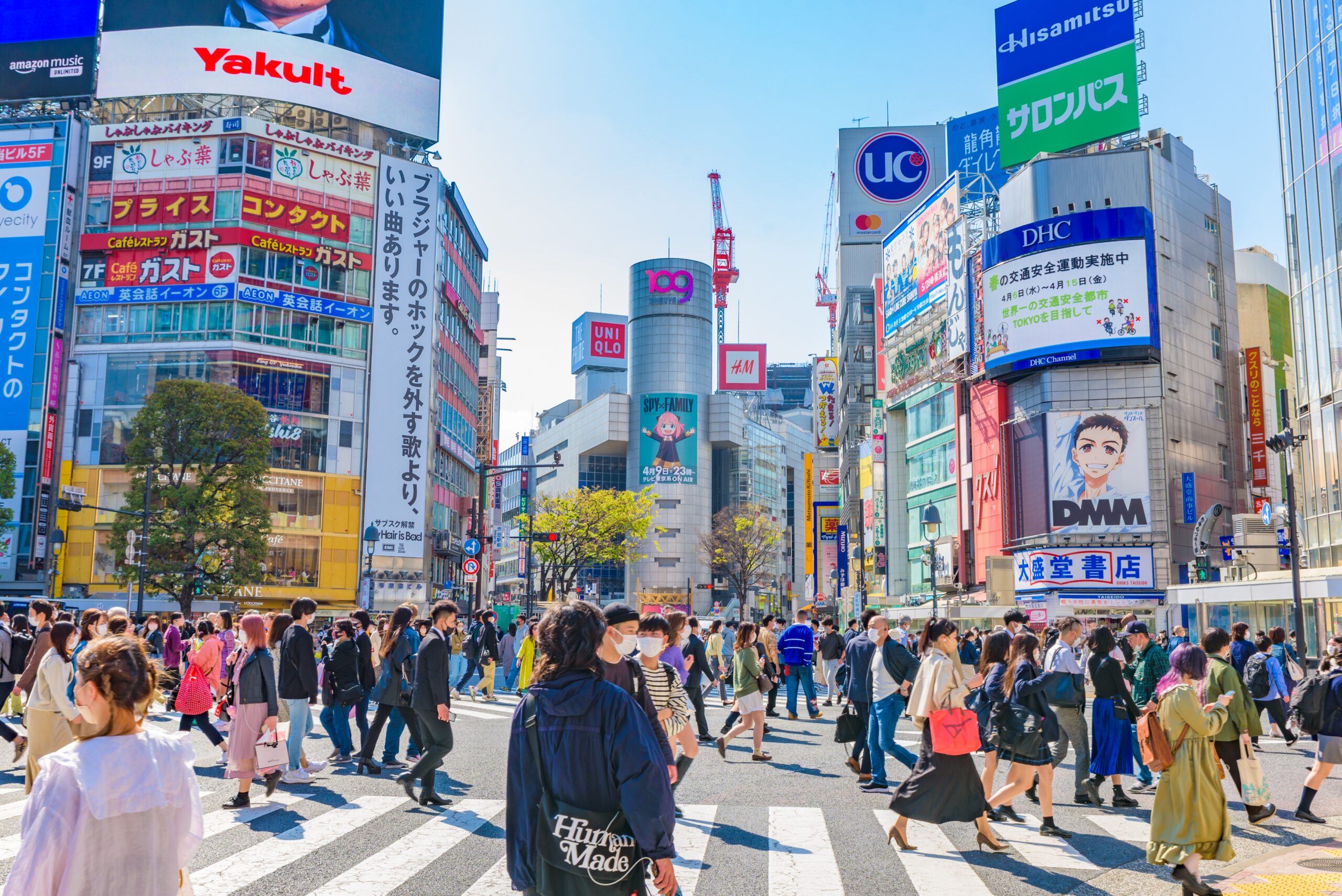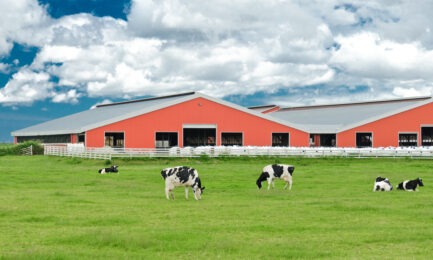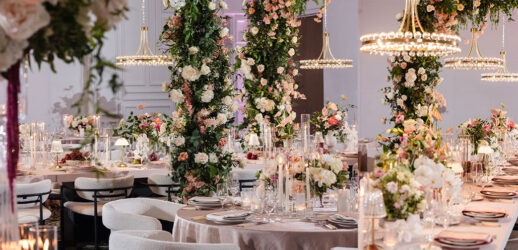Curate your perfect Japan experience
Japan has an inexhaustible list of experiences, food and culture. With a little know-how, some organization and a sprinkle of excursion inspiration, all of which you’ll find below, you can put together a meeting or incentive guaranteed to make a lifelong impression on both you and your attendees.
The Japanese Language
Written Japanese is made up of three interlacing writing systems: Kanji, a logographic system (when one symbol represents a word or part of a word), and Hiragana and Katakana, phonetic or syllabic systems (when one symbol represents a syllable, more or less). This can be intimidating for English speakers, who use one alphabetic system.
Romaji refers to the Roman alphabetization of Japanese, through which English speakers can see Japanese words spelled out for them phonetically. Below, you’ll find some words and phrases you’ll absolutely want to know in Romaji.
Words and Phrases to Memorize
-
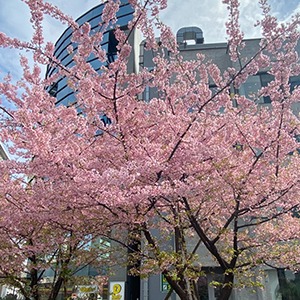
Cherry Blossoms in Tokyo Hello: Konnichiwa (pronounced “koh-nee-chee-wah”)
- Good morning: Ohayō (pronounced “oh-hi-yoh”)
- Good evening: Konbanwa (pronounced “kohn-ban-wah”)
Konnichiwa generally can be used anytime during the day, usually from mid-morning to late afternoon. Ohayō is generally used before noon, and konbanwa after dark. You can add gozaimasu after ohayō to make it more formal, but konnichiwa and konbanwa are already sufficiently formal.
- Thank you: Arigatō (pronounced “ah-ree-gah-tow”)
- Thank you so much: Arigatō gozaimasu (pronounced “ah-ree-gah-tow-go-zai-mah-soo”)
You will probably hear arigatō gozaimasu much more often than simply arigatō. It tends to be more polite and show more respect for the person you are speaking to, so it’s best to add on gozaimasu in every situation as a general rule of thumb.
- Yes: Hai (pronounced “Hi”)
- No: īe (pronounced “ee-yeh”)
- Please: Kudasai (pronounced “koo-dah-sigh”)
- Please: O-negai shimasu (pronounced “oh-nay-guy-shi-mah-soo”)
Kudasai is used in the context of “please give me,” so you’ll use it in situations like ordering food or speaking to a shopkeeper. O-negai shimasu is an all-purpose “please,” and you can use it in any situation, from ordering food or simply making a polite request.
- Excuse me: Sumimasen (pronounced “soo-meh-mah-sen”)
You can say sumimasen in pretty much every situation you would in English: when you need to move past someone in a crowd, when you accidentally bump into someone or when you need to get someone’s attention.
- Water: Mizu (pronounced “me-zoo”)
- Coffee: Kōhī (pronounced “koh-he”)
- This: Kore (pronounced “ko-ray”)
During my two-week stay in Japan, I didn’t find it necessary to learn to read Japanese, largely because I had the aid of Google Translate. With the app downloaded on my phone, I was able to take a photo of written Japanese, which would then be translated to English (and here’s a helpful tip: make sure to download the languages you’re using in case you are in a situation where you don’t have Wi-Fi or cell reception—so, in my case, I downloaded English and Japanese).
Read More: Will One of These Japanese Cities be Your Next Event Destination?
Customs to Remember
Bowing is one custom you will see again and again in Japan. It’s not only a sign of respect—it’s a common courtesy. You don’t need to completely bend at the hips; most people just bend slightly and turn down their head. You’ll bow when you say “hello” and “thank you” phrases, as well as when you meet someone.
When you’re paying for something—at a shop, stand or restaurant—you’ll often be offered a tray to place your money on, rather than dropping it into the seller’s hand, as is common in the United States. You should only place the money in someone’s hand when they hold both hands out to you together.
Don’t point. Americans do it a lot, often even unconsciously. But in Japan, it signifies an accusation, rather than showing a direction or making a distinction, and can be considered rude. Instead, hold out a flat palm and gesture subtly, or nod your head in the direction you want to distinguish.
Helpful Resources
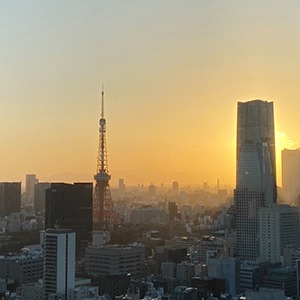
Going through customs tends to be a bit of a hassle that makes international meetings that much less appealing. But, if you’re meeting in Japan, there’s an easy, quick-to-use service that allows you to fly through customs and avoid any unnecessary hassle.
By heading to Visit Japan Web and inputting your passport information and intended accommodations ahead of time, you can virtually breeze through customs (pun intended). When you approach your customs agent, all you have to do is show them the QR code you’ll receive once you fill out the required information on the site. They’ll scan it and see that you’ve been cleared. This is even the recommended customs method by the Japanese government.
Another helpful resource, as written earlier, is Google Translate, and the ability to download the languages you need. You can also download the areas you’ll be visiting on Google Maps.
Read More: Today’s Best Practices for Visas and International Travel
Public Transport: Your New Best Friend
Japan is one of those wonderful places in the world where public transport can get you within moments of wherever you want to be, whether you’re taking the metro around the city or a bullet train from one city to another.
Taking the Metro
Like the New York metro system, there are a lot of train lines in the cities, and it can be confusing. Google Maps is an extremely helpful resource that will show you which lines you’ll need to take, and at which stations you’ll transfer lines, to get from point A to point B. It even shows you which platform you’ll need to head to for each train line, and when those trains are scheduled to arrive.
If you’re making your way around without Google Maps, know that each line is color coded. Platforms are clearly labeled, and even in massive train stations you won’t struggle to find a map displaying all the train lines, their routes and the stations at which you can switch to different lines. Trains, in general, arrive about every five to 10 minutes—so you won’t be waiting long.
Another custom you’ll want to make note of: When people are standing on the platform waiting for a train, they line up. Once the train arrives, everyone waits for the people de-boarding before they begin filing in, in the order they are standing in line.
Bullet Trains
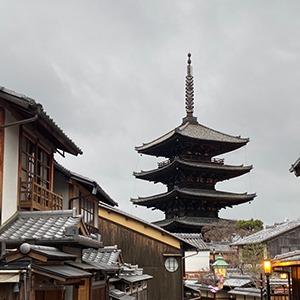
If you’re traveling between cities, Japan’s famous bullet trains—shinkansens—are the way to go. You don’t need to book tickets ahead of time. There are designated ticket booths, where you can either book a ticket with a representative or book a ticket yourself using a kiosk, right at the bullet train station, which tends to be located inside the city’s central train station.
On most trains, certain cars are designated for reserved versus unreserved seats. On others, if you haven’t reserved a seat, you can sit anywhere—but if someone getting on the train at a later point reserves the seat you’re sitting in, you’ll see a light come on above your seat and know you’ll have to move soon. It costs a little extra to reserve a seat, but it’s worth saving the potential hassle.
Land of Culinary Delight
Japan’s culinary scene is lauded around the globe. Tokyo takes first place as the city with the most Michelin-starred establishments in the world.
Read More: Best Food Cities Across the Globe
Fine Dining
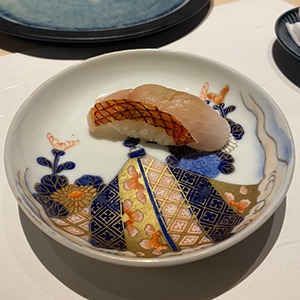 If you’re hoping for a fine dining experience, know that you have an expansive list of options all over the country. It’s important to know, though, that getting reservations takes a lot of planning. Generally, as opposed to booking a reservation as we do in the U.S., you’ll need to request a reservation, noting the time and date you hope to dine and the size of your group. The restaurant will then follow up with you and let you know if they can accommodate.
If you’re hoping for a fine dining experience, know that you have an expansive list of options all over the country. It’s important to know, though, that getting reservations takes a lot of planning. Generally, as opposed to booking a reservation as we do in the U.S., you’ll need to request a reservation, noting the time and date you hope to dine and the size of your group. The restaurant will then follow up with you and let you know if they can accommodate.
Many restaurants are small, so if you have a big group, doing your research on where you want to dine and how many seats the restaurant has, or if you can book a private dining room, is essential.
Dining omakase is a sought-after experience, during which diners will enjoy a chef-curated menu or even be face-to-face with the chef, who will design the experience based on your reactions as you go along through the meal. Think of it as a more personal prix fixe, designed specifically for you and your taste buds.
Casual Dining
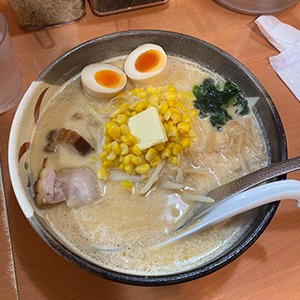 Though getting a taste of the fine dining scene is a must, don’t even think about overlooking more casual dining establishments and street food. Some of the best ramen I had during my travels came from small restaurants. Often, at ramen restaurants, you’ll select your meal on an electronic kiosk outside the restaurant, pay and take a ticket. You’ll then give that ticket to the waiter or kitchen staff, and they will prepare your meal.
Though getting a taste of the fine dining scene is a must, don’t even think about overlooking more casual dining establishments and street food. Some of the best ramen I had during my travels came from small restaurants. Often, at ramen restaurants, you’ll select your meal on an electronic kiosk outside the restaurant, pay and take a ticket. You’ll then give that ticket to the waiter or kitchen staff, and they will prepare your meal.
Some restaurants, rather than offering a big menu with many different options, will specialize in a category of food or even one dish. When I went to try omurice—fried rice wrapped in a deliciously creamy, thin omelet and topped with ketchup—the Kyoto restaurant I visited served only that, without even a menu. Everyone who sat down inside was served the same meal. And it was clear that the chefs had absolutely perfected the dish.
Street Food
After dark, you’ll find areas like Dotonbori in Osaka, Nishiki Ichiba Market in Kyoto, and Omoide Yokocho and Golden Gai in Tokyo, bustling with life. Tiny restaurants and bars, some with only counter seating, populate these night markets. Warm lights from the restaurants, signs and lanterns spill out into the narrow streets and diners weave in and out of dining establishments, wait in line at street food stands and enjoy a diverse array of small plates, snacks and sweets.
Japanese sweet potatoes—a roasted sweet potato, all on its own—are endlessly popular and seriously delicious. Gyoza, menchi katsu and okonomiyaki were some of my favorites. By tasting around, you’ll be sure to find your own.
With so Much to See and Do, How Do You Choose?
Although Japan covers an area only slightly bigger than California, visitors often underestimate its size. Every area comes with its own rich history, culture, style and personality. There’s unfortunately no way to work every wonderful thing about the country into one meeting, incentive or leisure travel experience, but when you have a sense of what’s available in and around the city or cities you choose to visit, you can put together a vibrant, eclectic experience you and your attendees are sure to remember.
Tokyo
Japan’s capital has a seemingly endless list of things to do and see.
Tokyo is divided into 23 wards, or neighborhoods, and each has its own distinct personality. Marunochi, located between the Imperial Palace and Tokyo Station, is the city’s main business district, but there are event venues and convention spaces all over the city.
Harajuku is an increasingly popular neighborhood, recognized as a pop culture hub. For a bustling all-day street market experience, with a distinctive fashionable and youth culture feel, visit Takeshita Street.
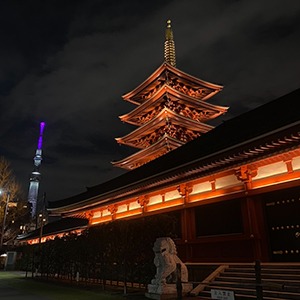
If shopping is on your to-do list, you’ll want your next stop to be Ginza, where, on the main street, you’ll be able to pay a visit to some of Tokyo’s original department stores for high-class products. The backstreets of Ginza offer unbeatable boutique shopping and small luxury dining.
If you’re hoping for a temple experience, the options continue to abound. My personal favorite was Sensō-ji in Asakusa—certainly not only for the views of Tokyo Skytree from the temple, but you’ll be hard-pressed to find so overtly breathtaking a blend of the historic and modern as you will find there. The surrounding streets are filled with mouthwatering street food and eclectic shops. If you’re a cook, the nearby Kappabashi Kitchen Tools Street is the best place in the city to shop for unique kitchenware and world-renowned Japanese kitchen knives.
Read More: Tokyo: An Enticing Blend of Old and New for Meetings and Incentives
Get off the Beaten Path
With so many vibrant cities, you’re certain to have a full experience wherever you go in Japan—but there’s so much more to the country than its cities. Rural Japan and its small towns offer an entirely different side of the country that too many visitors miss out on.
Japanese Countryside and Mountains
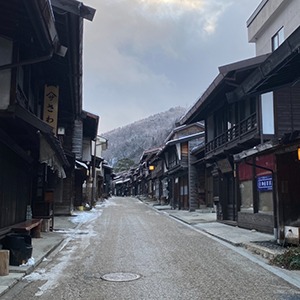
For an experience you can’t get anywhere else, look into a post-town excursion. Post towns are small towns and villages situated along the Nakasendo Trail—an Edo period (1603-1868) route that connected Kyoto and modern-day Tokyo. These towns developed along the route to provide accommodations for travelers, and many have a distinctive picturesque atmosphere with low wooden buildings and cobbled streets.
A stay in a ryokan—a traditional Japanese inn with tatami-matted rooms, bathhouses and a unique face-to-face hospitality experience with the innkeepers—will without a doubt leave a lasting impression. Plus, you can opt in for meals at the inn, where you’ll enjoy an impressive spread of foods like sashimi, miso soup, rice, soba, fresh fish, mochi and more for a truly authentic dining experience.
If you’re a skier, you’re in luck. Japan has a number of ski resorts, mostly concentrated in the Northwestern area. If you head to Hakuba, a village in the Japanese Alps, you’ll also have an opportunity to pay a visit to Jigokudani Monkey Park, located at the base of Joshinetsu Kogen National Park, where you can visit with snow monkeys.
Small Cities
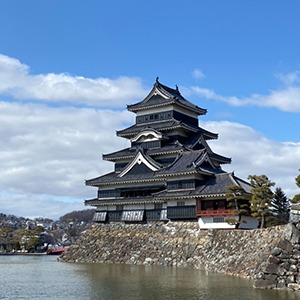
Smaller cities in Japan are absolutely worth a visit; some are home to cultural experiences you won’t find in the larger cities. Take Matsumoto: home to Matsumoto Castle, famous for its awe-inspiring black exterior. It’s one of Japan’s oldest original castles, the currently standing structure dating to 1594. Plus, considered the gateway to the Japanese Alps, the city offers incredible mountain views. On a clear day, if you take a day trip from Tokyo (which takes a little under three hours, with no transfers, on the Azusa express line), you’re nearly guaranteed to catch multiple outstanding views of Mount Fuji along the way.
If you’re meeting in Kyoto or Osaka, don’t pass up a day trip to Nara. Its most famous site is the Todai-ji Daibutsuden, or Great Buddha Hall, which contains an enormous, 15-meter high bronze Buddha statue, in what was once the largest wooden building in the world, surpassed only by a Japanese stadium built in 1998.
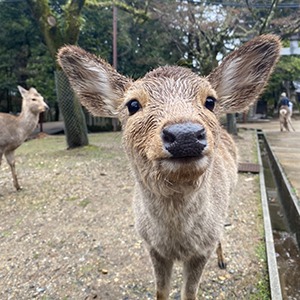
Even more charming: Nara is known for its enormous population of deer. All over the city, and especially near the temple, vendors sell bags of crackers that people can feed the deer for only ¥200 (a little over $1). Deer will come right up to people, bow their heads and then wait to be repaid with a cracker. Though completely tame, these deer are known to gently bite people to ask for a cracker, so proceed with caution!
Read More: New Ideas Start Here: 6 Japanese Incentive Experiences
